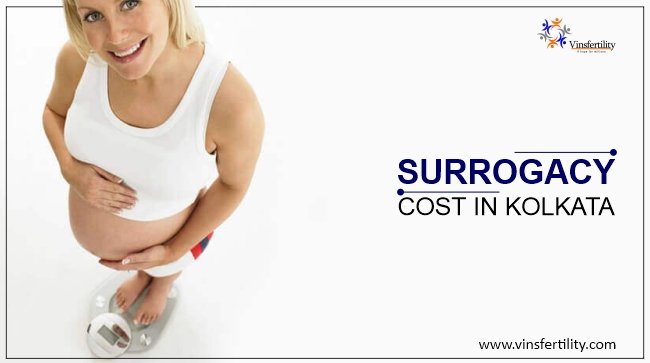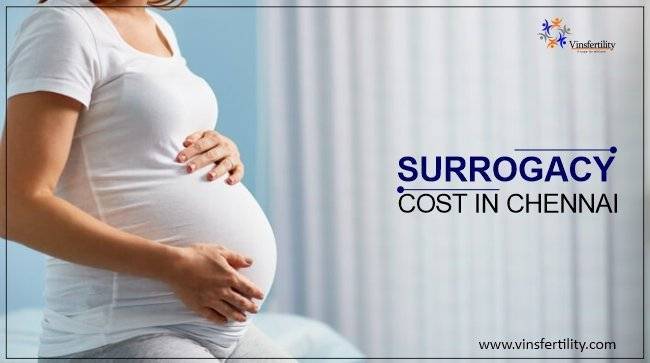Welcome to Vinsfertility: Your Trusted Partner in IVF & Surrogacy in India
At Vinsfertility, we are proud to be one of India's leading fertility service providers, with over 1,000 successful IVF and surrogacy journeys completed. Our commitment to excellence, innovation, and compassionate care has earned us the trust of countless families striving to achieve their dream of parenthood.
With a team of highly experienced specialists and access to cutting-edge reproductive technologies, we offer personalized and effective treatment plans tailored to meet your unique needs. Whether you are considering IVF treatment in Delhi, surrogacy in Mumbai, or any other fertility services, we are here to provide the guidance, support, and expertise you need to make informed decisions every step of the way.
Vinsfertility is proud to be the only fertility platform in India offering a guaranteed IVF and surrogacy program, providing couples with peace of mind and assurance during their parenthood journey. This unique program is designed to deliver successful outcomes while minimizing emotional and financial stress.
Our exceptional track record of success, combined with our compassionate approach, ensures that you are in the best hands. At Vinsfertility, we prioritize your comfort, safety, and well-being, helping you navigate the IVF and surrogacy process in Bangalore smoothly and effectively. Join the growing number of families who have experienced the joy of parenthood with Vinsfertility. Start your journey today with the confidence of knowing you're working with the best in the field.
Ready to Start Your Fertility Journey? Connect with Vinsfertility and take the first step towards parenthood today.
Why Choose Vinsfertility?
Trusted by 1,000+ families, Vinsfertility offers the most reliable IVF and surrogacy solutions in India — with guaranteed programs, personalized care, and cutting-edge medical excellence.

Expertise You Can Trust
Our renowned fertility specialists bring unmatched expertise in IVF and surrogacy treatments in India. Combining medical excellence with innovation, we ensure the highest standard of reproductive care.
- Top-Ranked Fertility Doctors
- State-of-the-Art IVF Labs
- Customized Fertility Roadmaps

Guaranteed Programs with Results
Vinsfertility is the only fertility platform offering a Guaranteed IVF and Surrogacy Program — built to deliver peace of mind with transparent costs and assured success.
- Guaranteed IVF & Surrogacy Packages
- No Hidden Charges, 100% Transparency
- Strict Protocols for Higher Success

India’s Most Trusted Fertility Network
Thousands of happy parents trust Vinsfertility for our ethical approach, proven outcomes, and compassionate care. We're committed to helping you build your family — safely and confidently.
- 1,000+ Happy Families
- 24x7 Patient Support
- Ranked Among Top IVF Websites in India
1,000+ Happy Parents with Surrogacy
Surrogacy Costs in Major Indian Cities – Vinsfertility
Testimonials

Start Your Parenthood Journey Today
Struggling with infertility? Vinsfertility is here to support your dream of becoming a parent. With top fertility specialists and state-of-the-art treatments, we've helped thousands welcome their little miracles.
We offer an Easy EMI facility with very low interest rates! Make your treatment journey more affordable with flexible payment options that suit your budget.
Get a Free ConsultationMeet Our Expert Doctors

Dr. Reena Khandelwal
MBBS, MD - Obstetrics & GynaecologyDr. Reena Khandelwal is an experienced obstetrician and gynecologist who specializes in advanced fertility treatments. She has been a guiding force in helping couples fulfill their dream of parenthood with the best-in-class medical care.

Dr. Neema Sharma
MBBS, MD - Obstetrics & Gynaecology, MRCOG(UK)Dr. Neema Sharma is an internationally recognized fertility expert with a focus on comprehensive fertility treatments. She is a member of the Royal College of Obstetricians and Gynaecologists (MRCOG) and offers world-class care to patients.

Dr. Mani Kapur
MBBS, MD - Obstetrics & Gynaecology, DGODr. Mani Kapur is a trusted fertility specialist with years of experience in obstetrics and gynecology. She has successfully treated numerous patients with personalized care to help them achieve their fertility goals.

Dr. Rekha Brar
MBBS, DNB - Obstetrics & GynecologyDr. Rekha Brar is a highly skilled obstetrician and gynecologist with expertise in fertility treatments. With a compassionate approach, she has successfully helped countless couples in their journey toward parenthood.
Frequently Asked Questions
What fertility treatments does Vinsfertility offer?
Vinsfertility offers a wide range of advanced fertility treatments, including IVF, IUI, ICSI, surrogacy, egg donation, and fertility preservation. Our expert team provides tailored solutions to meet your specific needs, ensuring the best chances for success.
How do I know which fertility treatment is right for me?
Our fertility specialists will review your medical history, conduct necessary tests, and provide a personalized treatment plan based on your unique requirements. We ensure that the treatment recommended is the best fit for your fertility journey.
What is the success rate of IVF at Vinsfertility?
Our IVF success rates are among the highest in the industry, driven by our skilled doctors and state-of-the-art technology. Success rates vary based on individual factors such as age, medical history, and the type of fertility treatment.
Does Vinsfertility provide financial assistance or EMI options?
Yes, we understand the financial strain of fertility treatments. That’s why we offer flexible payment plans and easy EMI options to ensure that fertility treatments are accessible to everyone.
How can I book a consultation with Vinsfertility?
Booking a consultation is easy! You can visit our website to fill out the contact form or directly call our support team for an appointment. Alternatively, you can book a consultation via WhatsApp.
Contact
Address
Behind BSES Rajdhani Power Station, Katwaria Sarai, Delhi 110016
Call Us
+917303555015
Email Us
info@vinsfertility.com



















